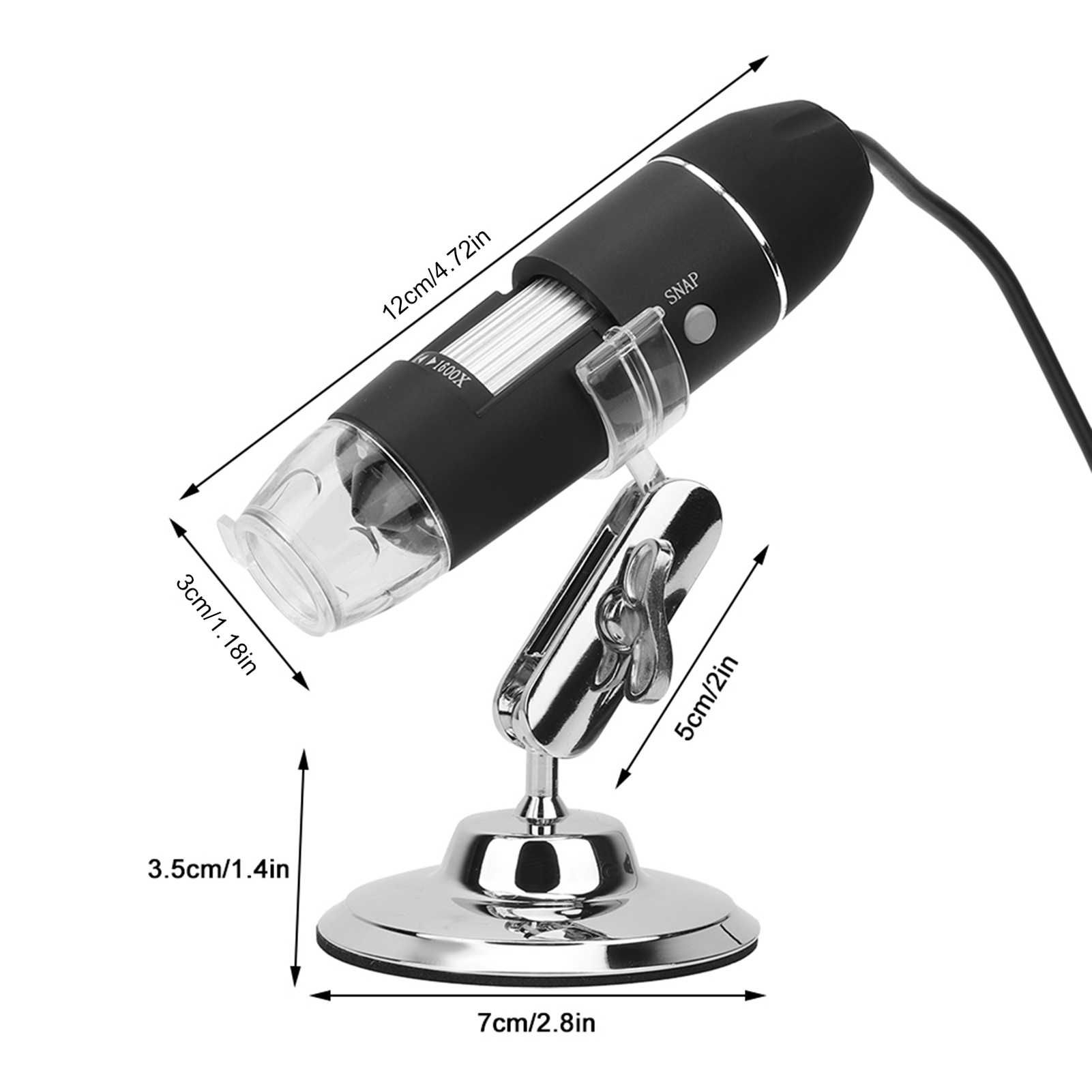Introduction to the Butterfly Wing
When observing a butterfly under microscope, we reveal a world of intricate beauty. Butterfly wings are not merely for flight. They are canvases of evolutionary art, displaying complex patterns and vibrant colors. To the naked eye, a butterfly’s wing may seem smooth and delicate. Yet, under the magnifying power of a microscope, a vast network of tiny scales comes into view. These scales hold the secret to the butterfly’s diverse palette.

Under the microscope, each wing unveils a unique architecture crafted by nature. The precision with which these structures form is astounding. It’s like uncovering a microscopic universe that’s both functional and aesthetic. The study of butterfly wings through microscopy isn’t just for scientific curiosity. It informs us about broader topics in biology, like genetics and species survival. In this blog, we dive deep into the marvels of butterfly wing structures. We explore their components, understand their colors and patterns, and appreciate their functionality. Join us as we journey through the incredible microscopic world of butterfly wings.
Components of Butterfly Wings
The wings of a butterfly are marvels of natural engineering. A close examination through a microscope reveals the various elements that make up these delicate structures. First, there are the scales, which are tiny and overlap like shingles on a roof. These scales are the building blocks of the intricate patterns and colors we admire. Each scale is pigmented and shaped in a way that influences the coloration we see with our eyes.
Secondly, the wing membrane is another critical component. It serves as the canvas on which the scales attach. This translucent layer is made up of two thin sheets of chitin—a material found in many insects’ exoskeletons—bonded by cross-veins that strengthen the wing.
Thirdly, we have the veins that run throughout the wings. These provide both rigidity and flexibility, allowing the butterfly to maneuver in flight. Moreover, these veins also serve as conduits for hemolymph, which is the insect’s equivalent of blood, to help regulate wing temperature.
Lastly, sensory receptors are scattered throughout the wings. These receptors provide feedback to the butterfly on the position and movement of the wings, aiding in the control of flight. Each of these components works in unison to create not just beauty, but functionality in flight and survival.
By placing a butterfly under microscope, the complexity and ingenuity of these wing components truly come to light, showcasing the intricate design that nature has perfected.

The Microscopic World of Butterfly Scales
Zooming in beneath a microscope reveals the complexity of butterfly scales. These scales are vital for the butterfly’s survival and contribute to its stunning appearance. Notable features seen when placing a butterfly under microscope include the arrangement, shape, and pigmentation of the scales.
Each scale, though tiny, is a marvel of biological design. They overlap precisely, much like tiles on a roof. This design grants butterflies their signature wing patterns. Scales vary in shape, from round to elongated, and each type plays a role in wing texture and coloration.
Pigment in the scales gives rise to the rich colors butterflies are known for. Melanin provides the dark tones, while other pigments yield the vivid blues and greens. Some scales possess microscopic structures that refract light, creating iridescent hues.
Butterfly scales also guard against harm. They can shed water and dirt, helping the butterfly stay clean and aerodynamic. Furthermore, these scales can detach easily, aiding escape from predators’ grasp.
In essence, under a microscope, butterfly wings reveal a detailed and functional world. Scales cater to survival needs, from visual signals to protection. A closer look uncovers the precision and complexity hidden within the delicate beauty of butterfly wings.
Understanding the Colors and Patterns
A butterfly under microscope displays a mesmerizing array of colors and patterns. The scales, which we’ve discussed previously, play a crucial role in this vibrant tapestry. But how do these dazzling displays come to be?
Firstly, color production in butterfly wings can happen through two main ways: pigmentation and structural coloration. Pigments absorb some light wavelengths and reflect others, which we see as color. Melanin, for instance, absorbs light and gives the darker shades of brown and black. Other pigments might provide yellows, reds, or oranges depending on their chemical makeup.
On the other hand, structural coloration occurs when the physical structure of the butterfly scales interacts with light. Nanostructures within these scales can reflect and refract light, leading to brilliant blues and greens, as well as the iridescent sheen we often see. This is not a result of pigment, but of the scale’s microscopic structure manipulating light.
The patterns we observe are created by the selective arrangement of various colored scales. From stripes to eye spots, each pattern is the result of evolutionary pressure and aids the butterfly in some way. Some patterns serve as camouflage, while others might be used to attract mates or ward off predators. The intricacy of these patterns is so fine that only under a microscope can one appreciate their full complexity.
Scales not only provide color but are also essential in creating patterns that are unique to each species. These patterns are like fingerprints in the human world, distinguishing one butterfly from another. Understanding the interplay between color and pattern under a microscope offers insights into the behavior, diet, and habitat preference of different butterfly species.
In conclusion, the colors and patterns on butterfly wings, when magnified, reveal a sophisticated system of design that serves multiple functions. From survival tactics to species identification, these features are an integral part of the butterfly’s life.

The Functionality of Butterfly Wings
While the colors and patterns of butterfly wings are captivating, their primary function is flight. Viewed through a microscope, each wing’s structural elements collaborate to enable the butterfly to take to the skies. First, the overlapping scales grant butterflies streamlined wings, reducing drag and facilitating easy air movement. Then, the wing membrane’s chitinous layers provide both flexibility for flapping and strength to withstand the rigors of flight.
The veins coursing through the wings give them a rigid framework, allowing for precise maneuvers. They also transport hemolymph, maintaining optimal wing temperature for performance. Additionally, the sensory receptors embedded in the wings monitor their position and movement, which is crucial for controlled and agile flying.
But beyond mere mechanics, butterfly wings serve other vital roles. The striking colors can intimidate predators or conceal the insects against their environment. Mating signals are often embedded in the wing’s designs, with some species displaying distinct patterns to attract partners. Moreover, the easily detachable scales can help a butterfly elude a predator’s grip, leaving only a few scales behind while escaping unscathed.
In summary, under the microscope, the functionality of butterfly wings spans far beyond simple aesthetics. They are a feat of engineering that sustains flight, ensures species propagation through visual cues, and aids in protection – all integral to the butterfly’s survival.
Photomicrography: Capturing Butterfly Wings
Photomicrography is the art of taking photographs through a microscope. This technique allows us to capture the intricate details of butterfly wings. Here, we can appreciate the minuscule scales and the vibrant colors that are not visible to the naked eye. With photomicrography, scientists and enthusiasts alike can explore the magnificence of these creatures.
To capture butterfly wings under a microscope, certain steps are essential. First, ensure the microscope is equipped with a camera or a mount for one. Next, the butterfly wing must be carefully placed on the microscope slide. Soft handling is vital, as the scales are delicate and can detach.
Lighting plays a crucial role in photomicrography. It must be just right to highlight the colors and structures without washing them out. Often, a technique known as ‘dark field illumination’ is used. This method illuminates the object from the sides, enhancing the contrast and making the image more dramatic.
When taking the photo, adjustments might be needed to focus on different layers of the wing. This is because photomicrography can reveal the three-dimensional structure of the scales. Multiple shots at various depths can be combined into one image for a full, detailed view.
By using photomicrography, we gain a new perspective on butterfly wings. We can better understand their functionality and the role of each microscopic element. It also provides incredible visuals that can inspire conservation efforts by showcasing the delicate beauty of these insects.
In short, photomicrography is a powerful tool in the study of butterfly wings. It bridges the gap between science and art, presenting the subtleties of these natural wonders in a way we can both study and admire.
Conservation and Study of Butterfly Wing Structures
The conservation of butterflies is crucial to biodiversity. Under a microscope, studying wing structures reveals insights into ecosystem health. Researchers use microscopic analysis to monitor butterfly populations and diversity. This helps identify threats like habitat loss and climate change. By understanding the role of wing structures in survival, conservation strategies can be refined.
Preserving butterfly habitats is important after studying their microstructures. It promotes the continuation of their role in pollination and as part of the food chain. Conservation efforts include creating butterfly gardens and protecting breeding areas. These actions help maintain the butterfly populations that are vital to environmental balance.
Educational programs also benefit from the microscopic study of butterfly wings. Schools and museums can display photomicrographs to excite curiosity about nature. These images can inspire future scientists and encourage public involvement in conservation. They highlight the fragility and complexity of the natural world.
To sum up, the study of butterfly wings under a microscope is more than science. It is a call to action for conservation and education. By appreciating the minute details, we’re motivated to protect these remarkable creatures.

Conclusion: The Significance of Microscopic Observation
Examining butterflies under a microscope opens up a new realm of understanding. This close-up view tells us much about the insect world. We discover the fine structure of scales and how they define butterfly beauty. We learn about colors that come both from pigments and light tricks. These studies show us patterns that are unique to each species. They also help us grasp how butterflies use colors for survival. During flight, we see how each part of the wing works together. All these insights come from the power of microscopic observation.
Such deep looks at butterfly wings teach us important lessons. They show us how nature molds its creatures in such fine detail. With this knowledge, we can better conserve these species. We can protect the balance of ecosystems they are a part of. By studying them under microscopes, we see why they are crucial to our world. This magnified view can make us all work harder to save them. The butterfly, simple yet complex, is a wonder to behold at any scale. Yet, it’s under the microscope that we really see its magic shine.

